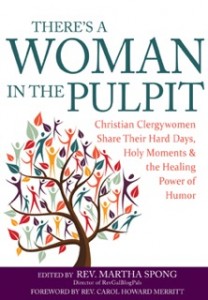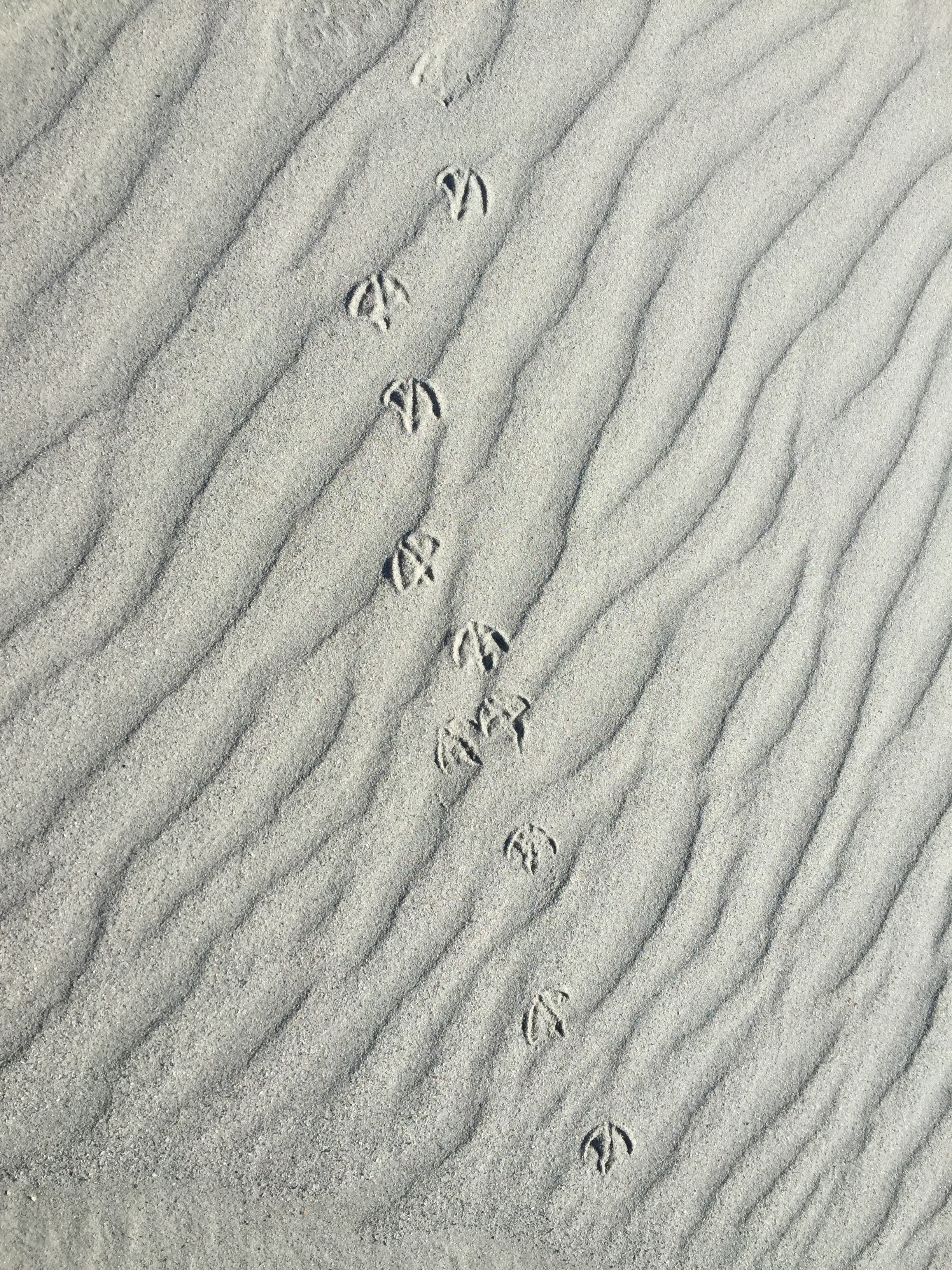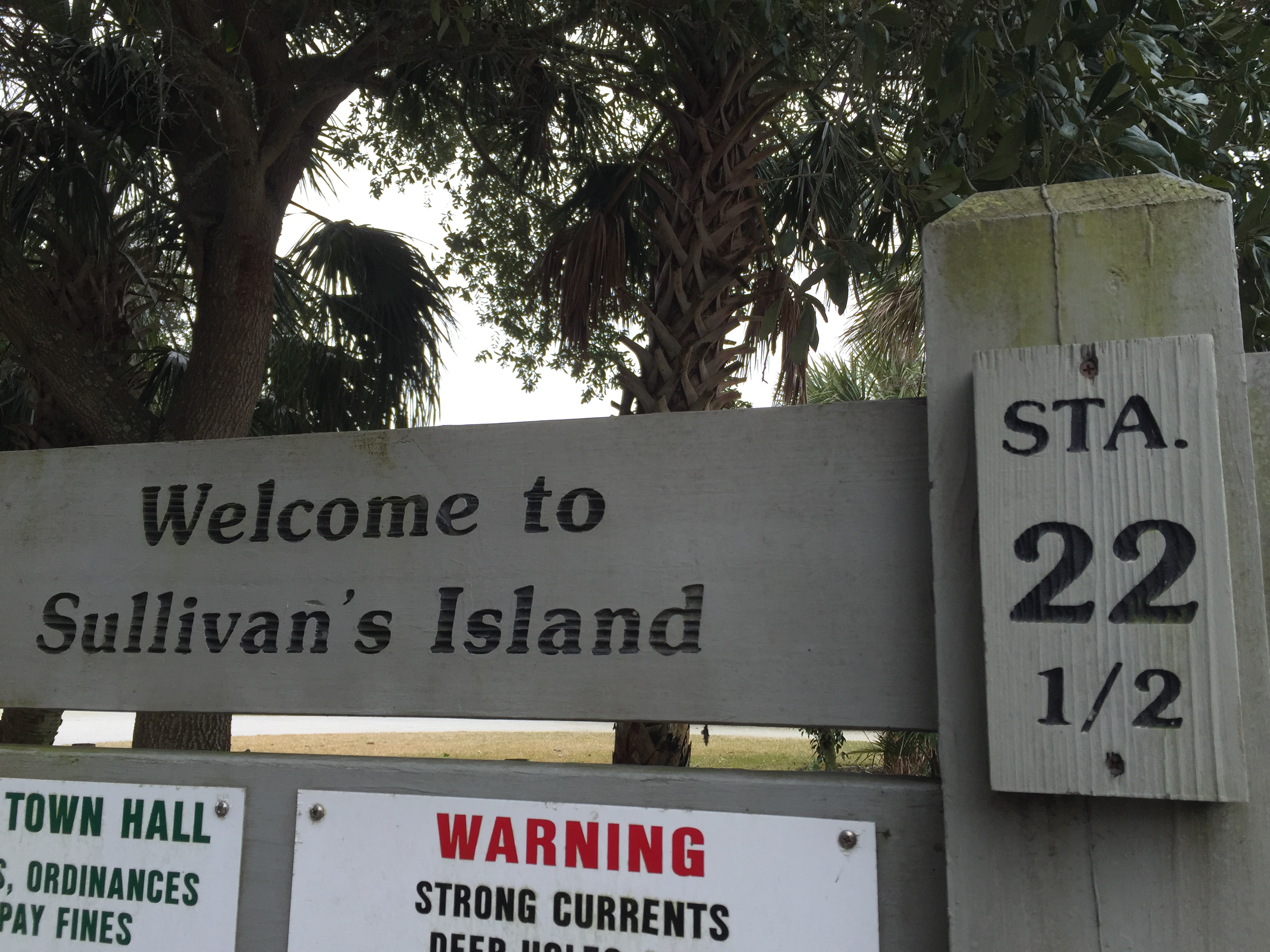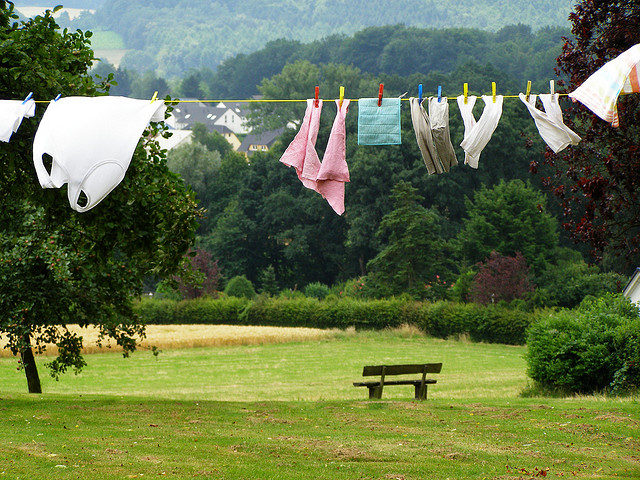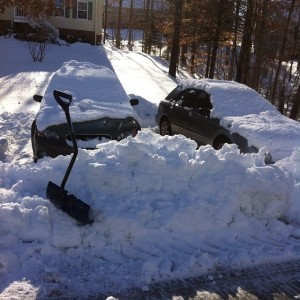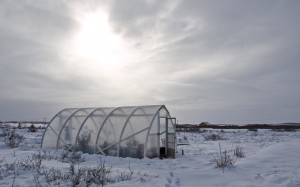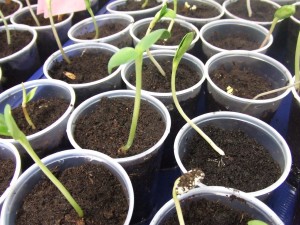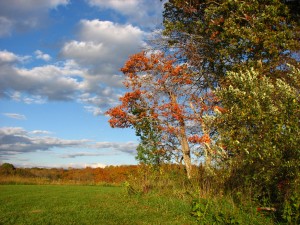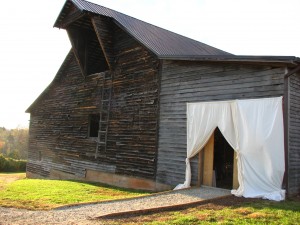
Last Sunday I preached in a church that has three different worship services in three different locations within the church. One is a moderately sized chapel, one is a voluminous fellowship hall with a stage at one end, and the last one is the original sanctuary of the old downtown church. The variations in space accompanied the differences in worship style. The one thing all three had in common: a clock easily seen from the pulpit.
I know all the practical reasons for this. As someone who doesn’t wear a watch and doesn’t carry my cell phone into worship, I can appreciate the orientation the clocks give, especially in that church where pastors rush from service to service to make it in time for all three. Still, I was a bit sad and wistful thinking of those clocks and the importance we place — even in a weekly set aside time to worship — on adhering to the schedule.
I’ve been longing for less scheduled time in my life. I’ve been wanting to roam freely through at least some of my days or seasons, without the constant constraint of being pre-scheduled for the next appointment or task. I’ve realized lately that my great skill in organizing and scheduling is both help and hindrance, both a survival mechanism and something that might be slowly killing my spirit.
Along with several of my sister writer-pastors from last summer’s Collegeville retreat, I’m now part of a cohort awarded a grant through Austin Seminary’s College of Pastoral Leaders. We wrote the bulk of the grant together but we each had to write individual responses to certain questions. Every one of us commented on the swirl of demands on our time and attention and how we need to establish more balance and pace in our lives. We didn’t discuss this as a theme but reading through our responses it was the one, glaring thing we all had in common.
This summer, re-reading MaryAnn McKibben Dana’s Sabbath in the Suburbs, I came across this already-highlighted passage (p.150): “I have found it much more liberating spiritually to embrace the idea of holy scarcity. There isn’t ever enough time. Even when we strip away all the inessentials — even when we focus only on the things that are good and nourishing and important for ourselves, our families, and the world — there is still not enough time. But our hope is not in there being enough time but in there being enough grace to muddle through the scarcities of our days.”
I keep trying to believe the myth that I can reallocate time and rework the schedule so there will be enough time, as if there is a secret key to this I haven’t stumbled upon but I’m oh-so-close to finding. When I’m honest I see how even when the options are all deemed good, I can’t say “yes” to everything. Making friends with time, as McKibben Dana calls it, means embracing “no.”
I have known days so full they seemed out of time, perfectly paced, lingering just so. They are rare. I’ve known many more that were crammed full, often with amazing things and people, but so packed it was hard to take it all in or to “come down” enough to go to sleep at the end of them.
“Our hope is not in there being enough time but in there being enough grace to muddle through the scarcities of our days.” At least half of our biblical stories are about this very thing: wanting to be God instead of ourselves. Guilty as charged. Through my amazing organizational skills, I want to command time to obey me, find the elusive formula to the perfectly balanced day, and sleep satisfied in my own powers of management and discernment. This hasn’t been working out so far.
When I look more closely, I see those few full timeless-seeming days in context. There were dishes in the sink while we sat outside churning the homemade ice cream, watching the sky turn black and star-pricked. There were emails left untouched and – gasp! – unseen when we hiked by the waterfalls and rested in a meadow for as long as we felt like it.
Perfection is always illusion. Mastery is misguided.
“Even when we focus only on the things that are good and nourishing and important for ourselves, our families, and the world — there is still not enough time.” My choices aren’t usually between horrible, bad, soul-denying things and beautiful, transporting, soul-enriching things. Many, many times I have the wonderful choice in this time-limited life between two very good things.
That’s the rub. That’s what I’m trying to make sense of these days and make a little peace with as I go forward. Saying “no” is, painfully, often a “no” to something or someone I’d really like to spend time with, too. But I’m tired of this torn-ness and never-ending calendar calculation. I’m ready for more imperfection and the grace that orients better than any clock.
*
photo credit: “time” © 2012 János Balázs, CC BY-SA 2.0
